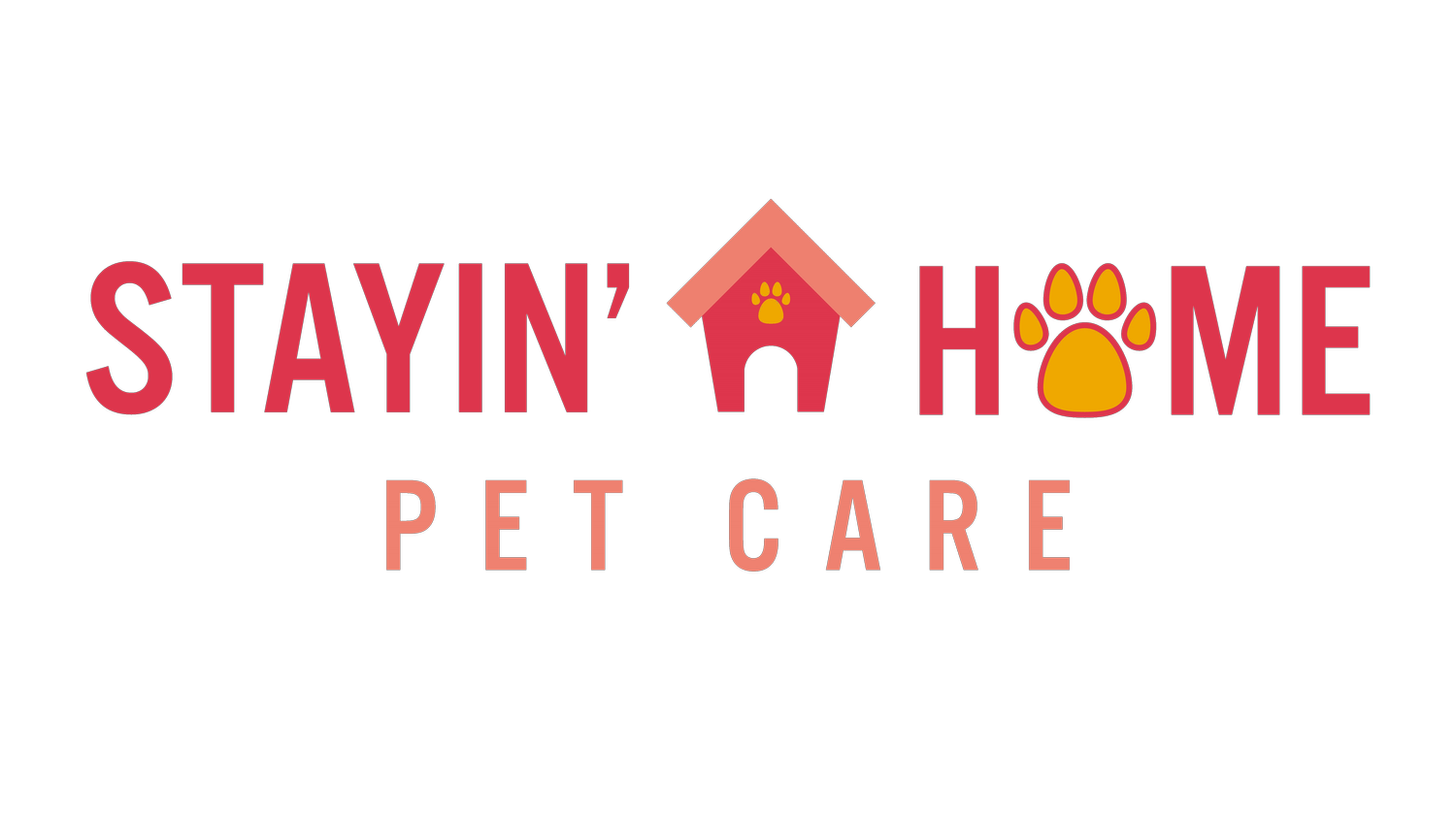Crate Training 101- Tips For Success With Your Dog
Whether you have just welcomed a new puppy into your home or have adopted a fully-grown dog, you may be considering crate training for your new furry family member. Crate training can help establish proper house training rules, as well as provide a safe and comforting haven for your pup. But how can you make sure you're going about this training endeavor the right way? Well, here are some of our top tips for successfully crate training your dog!
Crate Training Basics- Understanding Its Purpose
One of the greatest misconceptions about crate training is that it is meant to correct your dog when they are misbehaving. However, using the crate as a place of punishment will only instill fear, distress, and anxiety in your pet. It's important to recognize that while the crate can be a management tool, you should NEVER use it as a negative reinforcement for unwanted behavior. When used positively, the crate can offer your dog a safe space that belongs only to them. This will make it much easier to house train them, as well as prepare them for travel, boarding or vet visits, where they may be placed in a kennel.
Establishing A Positive Mindset
When first introducing your dog to their crate, first let your dog look and smell it. You can place it in the center of the room and just leave it there for them to walk around. Then, you can try placing treats or their food bowl just inside the entrance of the crate so they can get used to stepping inside. Throughout the day, place a treat further and further inside the crate until they are fully standing inside it, with the door still open. Then, calmly close the door for a few seconds before opening it back up. Each time after that (and during their meals), close the door for a little longer, around 5-15 minutes while you sit in the same space.
Your pup will probably whine or cry, but you will need to calmly ignore them. Once they have quieted down, you can open the door. Make sure not to make a big fuss or get them excited. Repeat this process as often as necessary until they have become accustomed to the routine. Keep in mind, you will probably need some very high-value treats to coax your pup in and out of the kennel.
Potty Training
For puppies, the first thing to remember is that they have very little bladder control for the first 6 months or so. A good rule of thumb is to take their age in months and use that as a reference for how long they can hold it until they need to potty. For example, a 3-month-old puppy can probably only hold it for about 3 hours before they have an accident. So, please do not place your puppy in a crate overnight and expect them to hold it the entire time. In fact, you could be causing greater distress by forcing them to sit in their own soiled bed. It's a hassle, yes, but you will have to get up at least once during the night to take them potty until they are old enough to hold it on their own.
This also means that during the workday, someone should let them out at least once during the day to potty. And of course, remember to praise them for every time they potty outdoors and to also give them a treat for every time they go into their crate.
When you're at home, practice keeping them in the crate while you're hanging out in the same room. If you can't keep a close eye on them (such as when you're cooking or in the shower), it's best to keep them in the crate anyway so that they are safe and don't have an accident in the house. Try keeping them in the crate for an hour, then letting them out for an hour. Repeat the process as often as necessary until the crate simply becomes a normal thing for them.
The Crate As A Management Tool
The crate makes an excellent management tool, especially during that training period when your pup pushes your buttons. And it's ok to need some time and space to recharge your batteries. However, keep in mind that your behavior and energy will affect your pet as well. So, before you throw them into their kennel while yelling, "bad boy/girl," first be sure that you are in a calm state of mind. Then, offer your dog a special treat and either gently place or guide them into their kennel. As such, this acts as a management tool and not a punishment.
Now, this can certainly be tricky for dogs that don't want to go into their crate, especially larger breeds. Preparation is key! The trick is to practice having them go into the kennel as often as possible before an incident occurs. The more often you repeat the process, the more comfortable your pup will be with going inside. This will make it easier to place them in their crate when the time comes for you to step away and let both of you have some quiet time. As time passes (and with plenty of treats), your pup will come to see their crate as a positive place just for them. In fact, you may find that if you leave the crate door open, your dog will go in their all on their own!
Whether for potty training, a place to sleep at bedtime or as a management tool, your pup's crate can provide safety, security and peace of mind for both you and your pet. And our team of pet sitters and dog walkers will be happy to accommodate your dogs, whatever their needs. Visit us online to explore our professional pet care services!

